In a world where technology evolves at breakneck speed, artificial intelligence (AI) stands out as a game-changer. From smartphones to smart cities, AI’s fingerprints are everywhere, reshaping how we live, work, and play.
But what’s the real story behind the hype? Let’s dive into the fascinating world of artificial intelligence and explore its impact on our lives.
The AI Revolution: More Than Just Buzzwords
AI isn’t just another tech buzzword – it’s a fundamental shift in how machines operate and interact with us. At its core, artificial intelligence is about creating systems that can learn, adapt, and make decisions with minimal human intervention.
Key AI Milestones:
- 1950: Alan Turing proposes the Turing Test
- 1956: The term “Artificial Intelligence” is coined at Dartmouth College
- 1997: IBM’s Deep Blue defeats world chess champion Garry Kasparov
- 2011: IBM Watson wins Jeopardy!
- 2016: Google’s AlphaGo beats world champion Go player
Today, AI has moved from research labs to our daily lives. It powers voice assistants, recommends products, detects fraud, and even helps diagnose diseases. The AI revolution isn’t coming – it’s already here.
Cracking the Code: How AI Actually Works
To understand AI, we need to peek under the hood. At its heart, AI relies on three key concepts:
Machine Learning: Teaching Computers to Think
Machine learning is the engine that drives most modern artificial intelligence systems. Instead of following pre-programmed rules, machine learning algorithms learn from data. They identify patterns and make decisions based on what they’ve “learned.”
Neural Networks: Mimicking the Human Brain
Inspired by the human brain, neural networks are a type of machine learning model. They consist of interconnected nodes, or “neurons,” that process and transmit information.
graph TD
A[Input Layer] --> B[Hidden Layer 1]
B --> C[Hidden Layer 2]
C --> D[Output Layer]
Deep Learning: Peeling Back the Layers
Deep learning takes neural networks to the next level. By using multiple layers of neurons, deep learning models can tackle complex tasks like image recognition and natural language processing.
“Deep learning is making major advances in solving problems that have resisted the best attempts of the artificial intelligence community for many years.” – Geoffrey Hinton, “Father of Deep Learning”
AI in Your Pocket: Everyday Applications
AI isn’t just for tech giants and research labs – it’s in your pocket right now.
Siri, Alexa, and Friends: Your AI Assistants
Voice assistants like Siri, Alexa, and Google Assistant use natural language processing (NLP) to understand and respond to your commands. They’re getting smarter every day, learning from millions of interactions.
Facial Recognition: The Good, the Bad, and the Creepy
From unlocking your phone to tagging friends in photos, facial recognition is everywhere. But it’s not without controversy. Privacy concerns and potential misuse have led to debates about its widespread adoption.
Recommendation Engines: How Netflix Knows You Better Than You Do
Ever wondered how Netflix always seems to know what you want to watch next? Thank artificial intelligence powered recommendation engines. They analyze your viewing history, compare it with millions of other users, and predict what you’re likely to enjoy.
Netflix’s AI Impact:
- 75% of viewer activity is driven by recommendations
- Saves Netflix $1 billion per year through reduced churn
- Analyzes 3,000 cohorts to personalize recommendations
The Unsung Heroes: AI in Industry
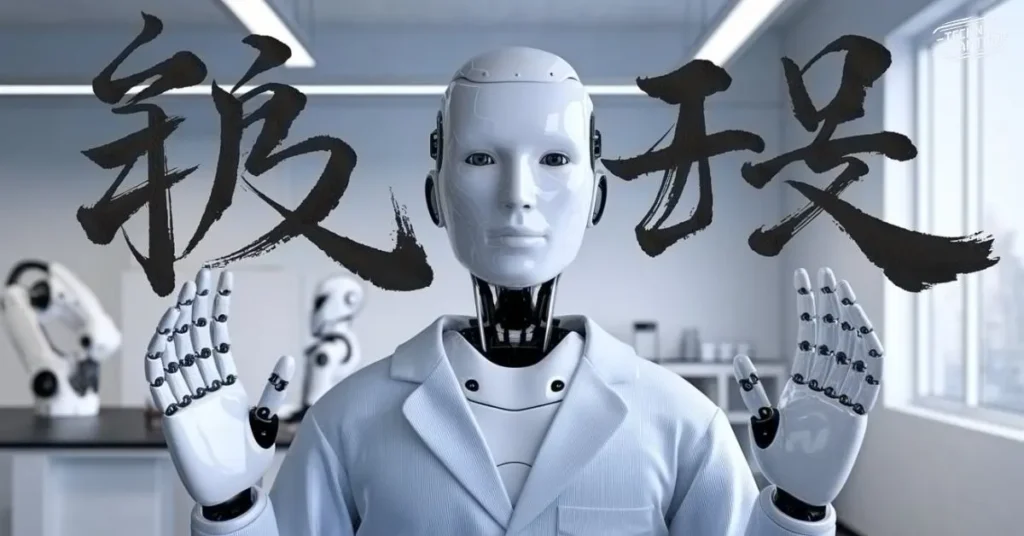
While consumer applications grab headlines, AI is quietly revolutionizing industries behind the scenes.
Healthcare: AI’s Lifesaving Potential
AI is making waves in healthcare, from early disease detection to drug discovery.
Case Study: AI in Cancer Detection Researchers at Google Health developed an AI system for breast cancer screening. In tests, it outperformed human radiologists, reducing false positives by 5.7% and false negatives by 9.4%.
Recommended Post: Illuminating Your World: The Comprehensive Guide to E26 Bulbs
Finance: Algorithmic Trading and Fraud Detection
In the world of finance, artificial intelligence powered algorithms make split-second trading decisions. They also keep a watchful eye on transactions, flagging potential fraud faster than any human could.
Manufacturing: Smart Factories and Predictive Maintenance
AI is transforming manufacturing through predictive maintenance and process optimization. Smart factories use artificial intelligence to predict equipment failures before they happen, reducing downtime and boosting efficiency.
Creative AI: Can Machines Really Be Artists?
AI isn’t just crunching numbers – it’s also flexing its creative muscles.
AI-Generated Art: A New Renaissance or the Death of Creativity?
AI art generators like DALL-E and Midjourney are creating stunning images from text prompts. But is this true creativity or just sophisticated mimicry?
Robo-Writers: When Algorithms Pen Bestsellers
AI writing tools are getting eerily good. While they’re not penning novels (yet), they’re already helping writers with tasks like headline generation and content optimization.
AI Composers: The Next Mozart or a Digital Imposter?
AI-composed music is hitting the airwaves. Tools like AIVA and Amper Music are creating original compositions for ads, video games, and even classical concerts.
The Ethics Minefield: Navigating AI’s Dark Side
As artificial intelligence grows more powerful, we face thorny ethical questions.
Bias in AI: When Algorithms Discriminate
AI systems can inherit and amplify human biases. From biased hiring algorithms to unfair lending practices, AI bias is a serious concern.
| Type of Bias | Example | Potential Impact |
|---|---|---|
| Gender Bias | AI resume screening favoring male candidates | Perpetuating workplace gender inequality |
| Racial Bias | Facial recognition systems less accurate for people of color | Wrongful arrests, privacy violations |
| Age Bias | Targeted ads excluding older workers | Age discrimination in job opportunities |
Privacy Concerns: Big Brother’s Digital Upgrade
AI’s data hunger raises serious privacy concerns. From smart speakers that might be listening to AI-powered surveillance systems, the line between convenience and intrusion is blurring.
Job Displacement: Will Robots Steal Our Livelihoods?
As AI automates more tasks, concerns about job displacement are growing. While artificial intelligence will create new jobs, the transition could be painful for many workers.
AI and the Environment: Friend or Foe?
AI’s environmental impact is a double-edged sword.
Green AI: Tackling Climate Change with Algorithms
AI is helping us fight climate change through:
- Optimizing renewable energy systems
- Improving climate models
- Reducing energy waste in buildings and factories
The Carbon Footprint of Deep Learning
Training large AI models can be energy-intensive. A 2019 study found that training a single large NLP model could emit as much CO2 as five cars over their lifetimes.
Sustainable AI: Balancing Progress and Planet
The AI community is working on more energy-efficient algorithms and hardware. Google, for example, uses artificial intelligence to reduce the cooling needs of its data centers by 40%.
The Road Ahead: What’s Next for AI?
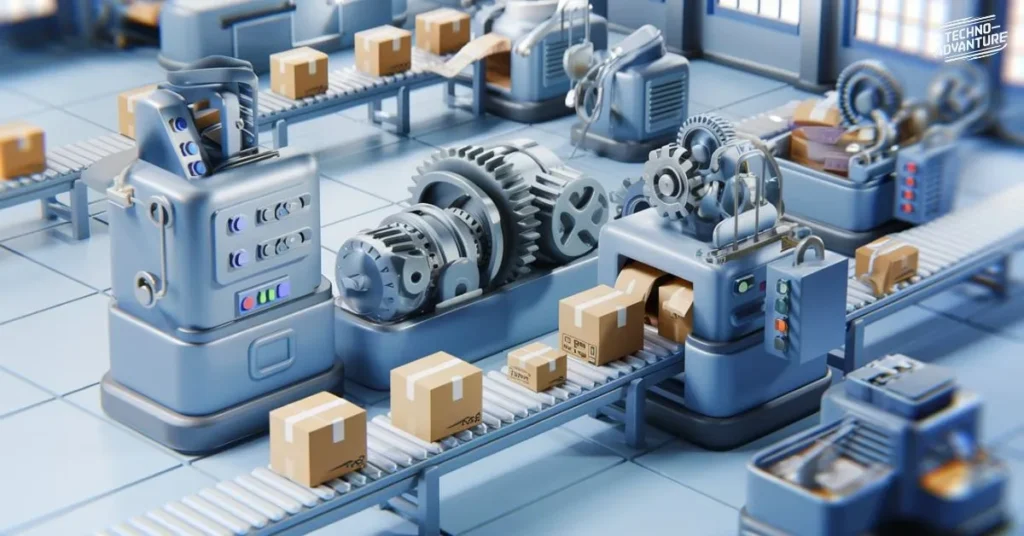
As impressive as today’s AI is, we’re just scratching the surface.
Quantum AI: Computing’s Next Quantum Leap
Quantum computing could supercharge AI, solving complex problems in seconds that would take classical computers millennia.
AI and the Human Brain: Merging Minds and Machines
Brain-computer interfaces (BCIs) are blurring the line between human and machine intelligence. Companies like Neuralink are working on BCIs that could enhance human cognitive abilities.
The Singularity: Pipe Dream or Inevitable Future?
Some experts predict we’ll eventually create artificial general intelligence (AGI) – AI that matches or exceeds human intelligence across all domains. This could lead to an intelligence explosion known as the singularity.
Demystifying AI: Separating Fact from Fiction
Despite its progress, AI is often misunderstood. Let’s bust some common myths:
- Myth: AI will become self-aware and take over the world. Reality: Current AI is narrow, focused on specific tasks. We’re far from creating conscious machines.
- Myth: AI is objective and unbiased. Reality: AI can inherit and amplify human biases if not carefully designed and monitored.
- Myth: AI will make human workers obsolete. Reality: While artificial intelligence will automate some jobs, it will also create new ones and augment human capabilities.
Recommended Post: MrBeast and Amazon Face Legal Battle: Unraveling the Beast Games Lawsuit
Embracing the AI Future: How to Prepare
As AI reshapes our world, how can we adapt?
Skills for the AI Age
To thrive in an AI-driven world, focus on skills that complement AI:
- Creativity and innovation
- Emotional intelligence and empathy
- Critical thinking and problem-solving
- Adaptability and lifelong learning
AI Literacy: Understanding the Tech That’s Shaping Our World
Just as we teach digital literacy, AI literacy will be crucial. Understanding AI’s capabilities, limitations, and societal impacts will be essential for informed citizenship.
The Human Touch: Why We’ll Always Need the Human Element
Despite AI’s growing capabilities, uniquely human traits like empathy, creativity, and moral reasoning will remain invaluable. The future isn’t about AI replacing humans, but about humans and artificial intelligence working together to solve complex problems.
As we stand on the brink of an AI-powered future, one thing is clear: artificial intelligence is no longer the stuff of science fiction. It’s a powerful tool that’s already reshaping our world in profound ways. By understanding its potential and pitfalls, we can harness AI’s power to create a better, more sustainable future for all. The AI revolution is here – are you ready to be part of it?
The Global AI Race: Nations Vying for Supremacy
The development of AI isn’t just a tech industry pursuit – it’s become a matter of national strategy. Countries around the world are investing heavily in AI research and development, recognizing its potential to drive economic growth and national security.
United States: Silicon Valley’s AI Powerhouse
The U.S. has long been a leader in AI development, thanks to its robust tech industry and world-class research institutions.
Key U.S. AI Initiatives:
- National AI Initiative Act of 2020
- AI in Government Act
- American artificial intelligence Initiative
“Artificial intelligence is the future, not only for Russia, but for all humankind. Whoever becomes the leader in this sphere will become the ruler of the world.” – Vladimir Putin
China: The Rising AI Superpower
China has made AI development a national priority, aiming to become the world leader in AI by 2030.
China’s AI Ambitions:
- $150 billion investment in AI industry by 2030
- Mandatory AI courses in schools
- AI-powered social credit system
European Union: Balancing Innovation and Ethics
The EU is taking a more cautious approach, focusing on ethical AI development and regulation.
EU AI Initiatives:
- AI Act: Comprehensive AI regulation
- Digital Europe Programme: €7.5 billion investment in AI and other digital technologies
- AI Alliance: Public-private partnership for AI development
AI in Education: Transforming How We Learn
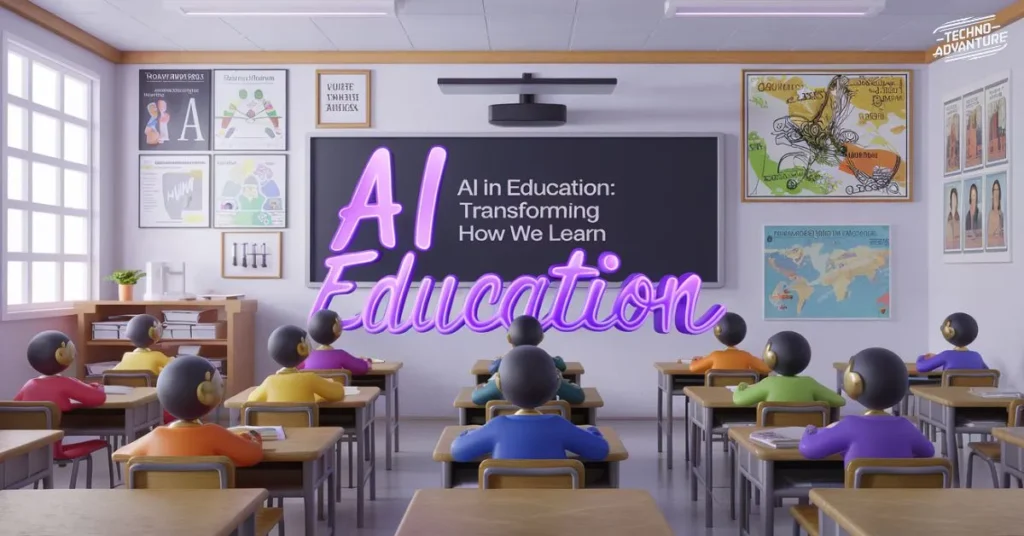
AI is reshaping education, from personalized learning to administrative efficiency.
Adaptive Learning Platforms
AI-powered adaptive learning systems tailor content to each student’s needs, pace, and learning style.
Benefits of AI in Education:
- Personalized learning paths
- Real-time feedback
- Early identification of learning difficulties
- Reduced administrative burden on teachers
AI-Powered Tutors
24/7 AI tutors can provide instant help and practice opportunities for students.
Case Study: Carnegie Learning’s MATHiaU
This AI-powered math tutor adapts to each student’s learning pace and style. In a study of 18,688 students, those using MATHiaU showed 27% better performance in algebra compared to control groups.
Automating Administrative Tasks
AI can handle time-consuming tasks like grading and scheduling, freeing up teachers to focus on student interaction.
artificial intelligence in Space Exploration: The Final Frontier
AI is playing a crucial role in our quest to explore the cosmos.
Autonomous Space Rovers
AI-powered rovers like NASA’s Perseverance can navigate Martian terrain and make decisions without constant human input.
Data Analysis from Space Missions
Artificial intelligence algorithms sift through vast amounts of data from space telescopes and probes, helping astronomers discover new planets and understand the universe.
Space Weather Prediction
AI models are improving our ability to predict solar flares and other space weather events that can impact Earth’s communications systems.
Recommended Post: The Las Vegas Aces: Dominating the Court and Captivating Fans
The Economics of AI: Reshaping Industries and Labor Markets
AI’s economic impact is already substantial and growing rapidly.
AI Market Growth
The global Artificial intelligence market is booming:
| Year | Market Size (USD) |
|---|---|
| 2020 | $62.35 billion |
| 2021 | $93.5 billion |
| 2022 | $136.6 billion |
| 2023 | $196.6 billion |
| 2024 | $279.4 billion |
Source: Statista
Job Market Transformation
While Artificial intelligence will automate some jobs, it’s also creating new roles:
- AI Ethics Officer
- Machine Learning Engineer
- Data Scientist
- AI Trainer
- Robotics Engineer
Economic Benefits of AI Adoption
McKinsey Global Institute predicts that AI could deliver additional global economic output of $13 trillion by 2030.
Artificial intelligence in Cybersecurity: The New Digital Battleground
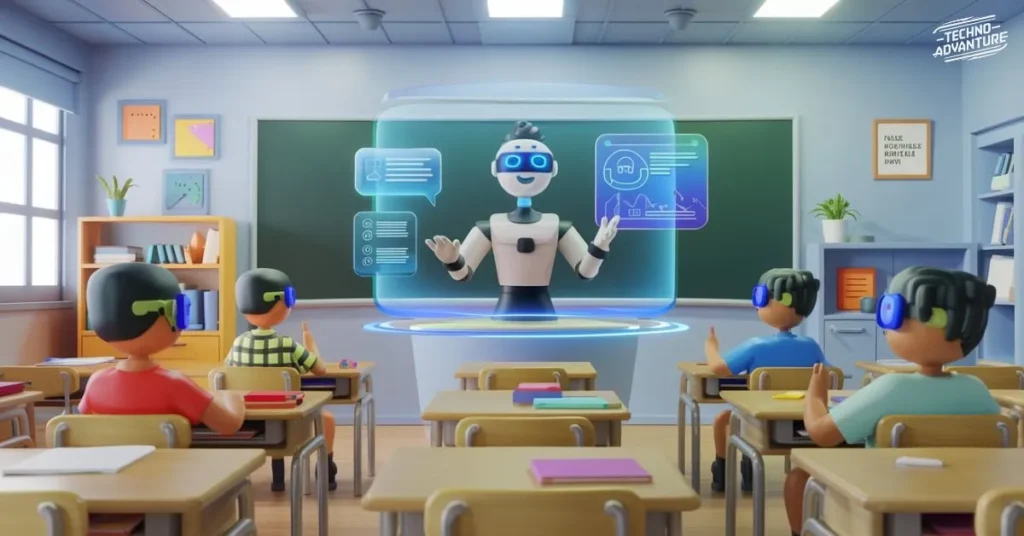
As cyber threats evolve, AI is becoming a crucial tool in our digital defense arsenal.
Threat Detection and Response
Artificial intelligence systems can analyze network traffic patterns and identify potential threats faster than human analysts.
Automated Patch Management
AI can prioritize and even automate the application of security patches, reducing vulnerability windows.
Behavioral Analysis
AI models can learn normal user behavior patterns and flag anomalies that might indicate a compromised account.
The Future of AI: Emerging Trends and Technologies
As Artificial intelligence continues to evolve, several exciting trends are emerging:
Explainable AI (XAI)
As AI systems make more critical decisions, there’s a growing need for “explainable AI” that can provide clear rationales for its choices.
Edge Artificial intelligence
Moving AI processing to edge devices (like smartphones or IoT devices) can reduce latency and improve privacy.
AI-Powered Robotics
From warehouse automation to elder care, Artificial intelligence is making robots more capable and versatile.
Generative AI
Beyond content creation, generative AI could revolutionize drug discovery, materials science, and more.
Conclusion: Navigating the AI-Driven Future
As we’ve explored, AI is no longer a futuristic concept – it’s a present reality reshaping our world in profound ways. From the smartphones in our pockets to the exploration of distant planets, Artificial intelligence is driving innovation and solving complex problems.
But with great power comes great responsibility. As we continue to develop and deploy AI systems, we must grapple with critical questions of ethics, privacy, and the future of work. We must ensure that the benefits of AI are distributed equitably and that we’re prepared for the societal changes it will bring.
The future of Artificial intelligence is not predetermined. It’s up to us – policymakers, technologists, and citizens – to shape its development in ways that enhance human capabilities, protect our values, and create a better world for all.
As we stand on the brink of this AI-powered future, one thing is clear: the most important decisions about AI won’t be made by algorithms, but by humans. Our challenge – and our opportunity – is to harness the power of Artificial intelligence while remaining true to our human values and aspirations.
The AI revolution is here. How we navigate it will define not just our technological future, but our human one as well. Are you ready to be part of shaping this exciting new world?

Hello, I’m Sarah, a seasoned writer with over six years of experience crafting engaging blogs and articles. My expertise spans diverse niches, including technology, gaming, cryptocurrency, finance, business, and fashion. With a passion for storytelling and a knack for delivering insightful content, I strive to inform and inspire my readers across these dynamic fields.
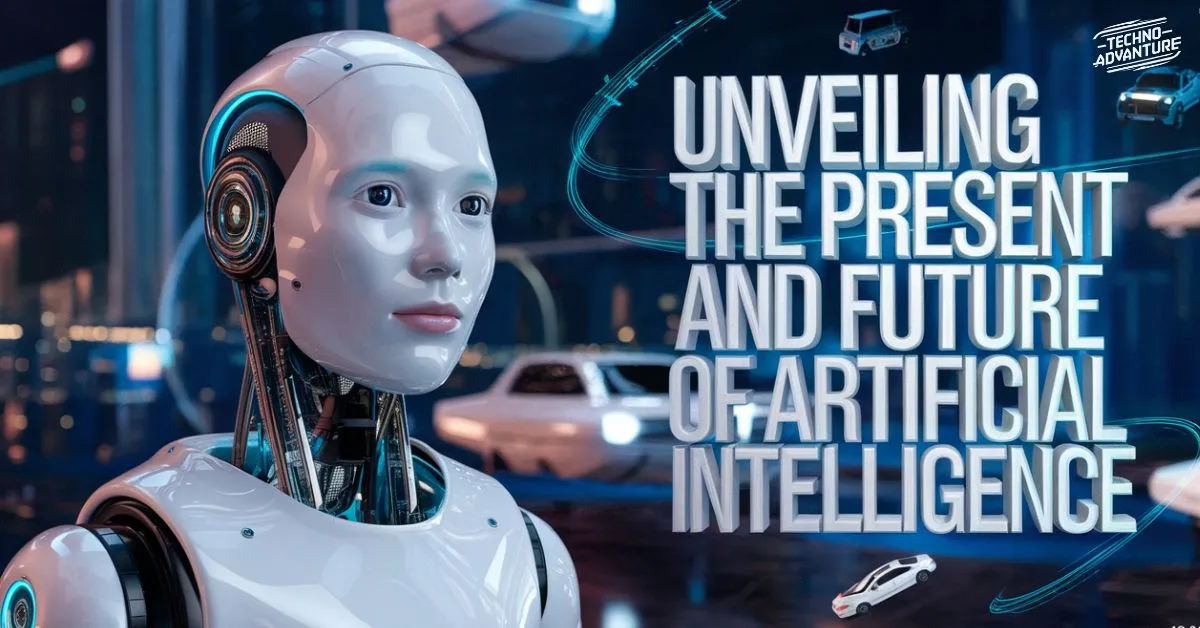







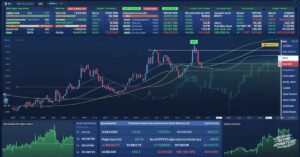



1 thought on “The AI Revolution: Unveiling the Present and Future of Artificial Intelligence”